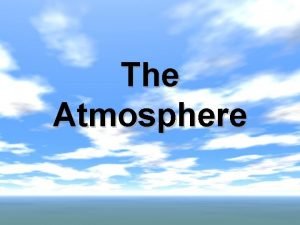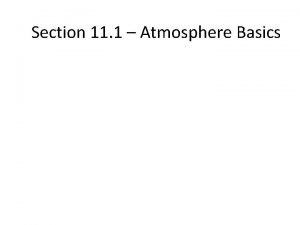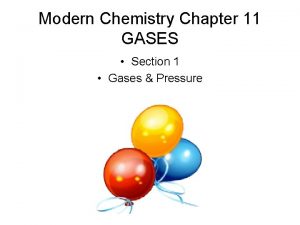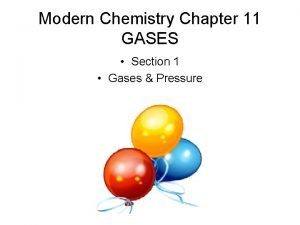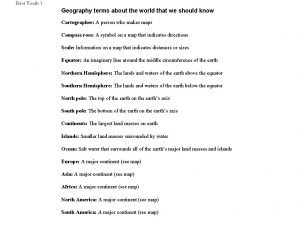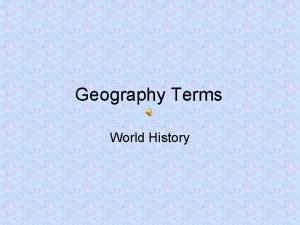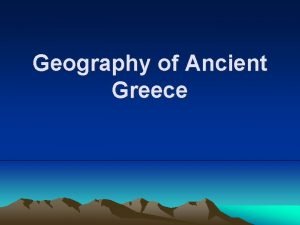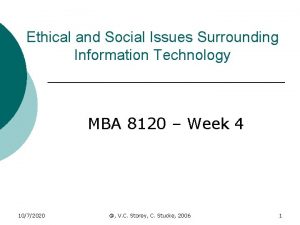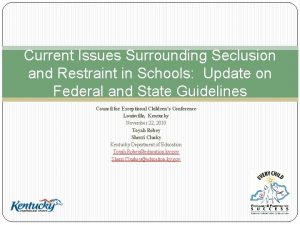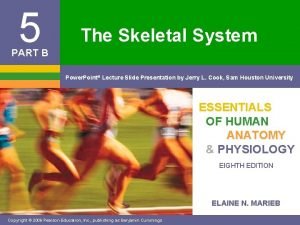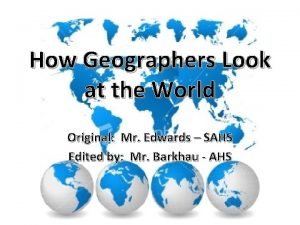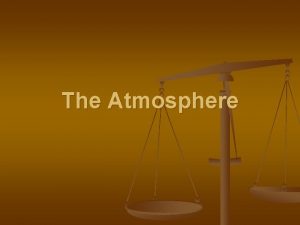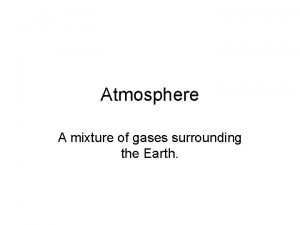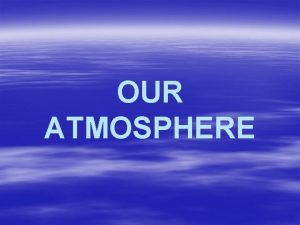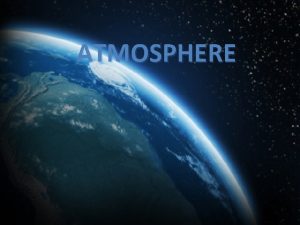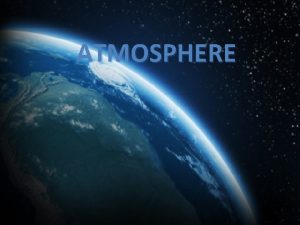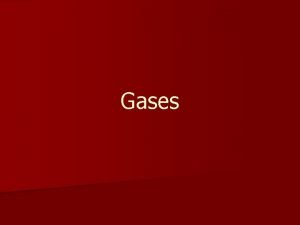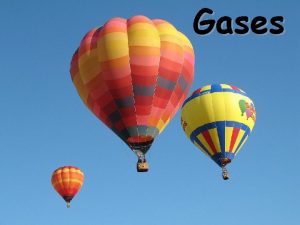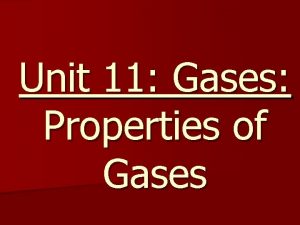REVIEW OF GEOGRAPHY TERMS Atmosphere Gases Surrounding the





























- Slides: 29

REVIEW OF GEOGRAPHY TERMS.

Atmosphere • Gases Surrounding the earth

Biosphere • Living and non-living organic matter

Hydrosphere • Water components

Lithosphere • Rocks, minerals and soil

Non-living components • Anything that is not alive or have ever been alive.

Living components • Anything (a person, animal or plant) that has ever been alive

Living things • Anything that is alive

Climate • The weather conditions prevailing in an area in general or over a long period.

Topography • the arrangement of the natural and artificial physical features of an area

Natural vegetation • Plants that have not been grown by humans

Soils • The upper layer of earth in which plants grow, consisting of a mixture of organic remains, clay, and

Natural system • Something that exists in nature, independent of human involvement

Inputs • Items or forces that enter the system, such as wind or precipitation

Components • The material things that make up a natural system, for example vegetation, rocks, water, air.

Processes • The methods of operation or types of actions within the system by which energy or matter are moved into, around or out of the system for example, weathering, erosion, transportation, deposition, evaporation,

Outputs • Matter or energy leaving the natural system, such as sediments carried by a river, or water vapour ascending into the atmosphere above the ocean.

Geography • Focuses on the distribution of natural phenomena and the interaction of humans with the natural world.

The four spheres • Atmosphere, Biosphere, Hydrosphere, Lithosphere

Weathering • Physical, chemical or biological breakdown of rocks and minerals into smaller sized particles.

Erosion • The removal of weathered sediment or rocks by the forces of wind, water, and ice.

Transportation • The movement of eroded material in the medium of air, water or ice.

Deposition • Laying down of sediment transported by wind, water, or ice.

Evaporation • The process by which liquid water is converted into a gaseous state

photosynthesis • Is the chemical process where plants and some bacteria can capture and organically fix the energy of

Ecosystem • A system formed by the interaction of a community or organisms with their physical environment

Biome • Largest recognizable assemblage of animals and plants on the Earth. The distribution is controlled

symbiosis • Mutual relationship between two organisms which is necessary for either to survive.

THE END
 A thin layer of gases surrounding earth
A thin layer of gases surrounding earth The mixture of several gases
The mixture of several gases Atmosphere basics
Atmosphere basics Chemistry chapter 11 gases test
Chemistry chapter 11 gases test Chapter 11 review gases section 1
Chapter 11 review gases section 1 Like terms and unlike terms in polynomials
Like terms and unlike terms in polynomials Unlike terms
Unlike terms World geography terms
World geography terms Island geography terms
Island geography terms Ancient greece map balkan peninsula
Ancient greece map balkan peninsula Social issues in information technology
Social issues in information technology Countries surrounding italy
Countries surrounding italy Where is brazil
Where is brazil Surrounding net
Surrounding net Surrounding
Surrounding Surrounding
Surrounding Chapter 5 the skeletal system axial skeleton skull
Chapter 5 the skeletal system axial skeleton skull Chapter 5 the skeletal system figure 5-13
Chapter 5 the skeletal system figure 5-13 How geographers look at the world
How geographers look at the world The part of a shadow surrounding the darkest part
The part of a shadow surrounding the darkest part Suez canal in india map
Suez canal in india map Double layered membrane surrounding each lung
Double layered membrane surrounding each lung What ethical issues surrounding executive compensation
What ethical issues surrounding executive compensation Textile machinery apush
Textile machinery apush Waistline meaning
Waistline meaning Literary terms review game
Literary terms review game Weld faults
Weld faults Hip protraction
Hip protraction Terms review 5-1 accounting
Terms review 5-1 accounting A journal used to record only one kind of transaction.
A journal used to record only one kind of transaction.
